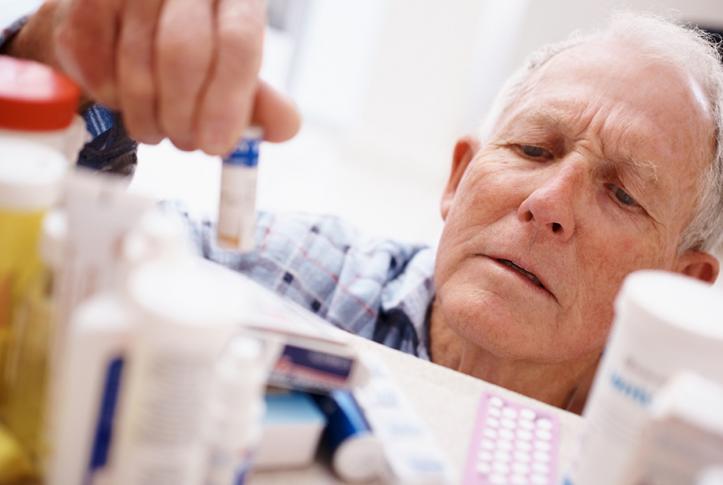Synopsis
Spending on cancer drugs—and the prices of those drugs—rose between 2004 and 2014 in nine countries included in a Health Affairs study. All nine saw an improvement in patients’ health outcomes. Although the United States saw an estimated $32.6 billion net positive return from cancer drug care in 2014, it lags other countries in value derived from cancer drug spending.
The Issue
"Although the United States continues to obtain net positive return from expenditures on cancer medicines, it lags other countries in value obtained. This appears to be driven both by high drug prices and by relatively modest improvements in cancer-related health burdens."
Cancer care has become one of the leading drivers of growth in health care spending, driven in part by cancer drug costs that now often exceed $100,000 per course of treatment. A new Commonwealth Fund–supported study compares spending on and use of cancer drugs between 2004 and 2014 in North American, European, and Asian Pacific countries. It also looks at survival gains and years of potential life lost from cancer to measure the value derived from cancer drug treatment.
Key Findings
- The number of available cancer drugs increased in the 2004–2014 period in all nine countries. The number of drugs was highest in the United States and Germany, with the United Kingdom and France close behind. Australia saw the slowest rate of growth in the number of available cancer drugs over this period.
- The share of brand-name drugs has declined, though this has been offset by growth in the generic drug market.
- Global spending on cancer drugs rose sharply between 2004 and 2014 for all drugs. Spending on brand-name drugs accounted for a sizable portion of the overall increase in cost, even as their incidence-adjusted consumption declined. This is explained by the fact that prices for brand-name drugs rose at an annual rate of between 1 percent (France) and 13 percent (Italy). In the U.S., they rose at a rate of 8 percent per year.
- Spending on generic drugs rose at an annual rate of between 1 percent (Australia) and 15 percent (Japan). Generic drug prices rose at an annual rate of between 0.3 percent (Australia) and 12 percent (Italy). In the U.S., they rose at an annual rate of 4 percent.
- The United States consistently outspent other countries on both brand-name and generic drugs.
- All nine countries witnessed an improvement in incidence-adjusted years of potential life lost because of cancer between 2004 and 2014, though there was a large degree of variation across the nine countries. The U.S., in particular, witnessed the second-lowest rate of improvement in cancer-related years of potential life lost.
- The United States saw a net gain in terms of the economic value from cancer drug spending, with an estimated $32.6 billion in net positive return in 2014 under base case assumptions. The U.S. nevertheless lags other countries in health gains obtained per dollar spent. This is attributable to both relatively high cancer drug spending, as well as one of the lowest rates of improvement in cancer survival.
The Big Picture
In the period studied, global spending on cancer drug care rose, with accompanying improvements in patients’ outcomes. However, internationally, there was wide variation in the value that countries obtained from cancer drug spending. Japan received close to seven times as much return in health gains per dollar spent on cancer drugs as the United States did. Growth in U.S. cancer drug spending, say the authors, does not appear to be driven by growth in consumption of cancer medicines—which is arguably key to patient benefit—but rather by high drug prices. However, the authors caution that cutting spending may not necessarily lead to greater value. Australia for instance had the smallest rate of growth in cancer drug spending and also experienced one of the smallest improvements in patient survival. In contrast, Japan and France controlled growth in cancer drug spending while also achieving greater improvements in health outcomes.
About the Study
The researchers used data from IMS Health on pricing and sales of cancer drugs sold between 2004 and 2014. Data on cancer incidence and outcomes were obtained from the Organization for Economic Cooperation and Development, the Centers for Disease Control and Prevention, and from international disease registries. Study countries included Australia, Canada, France, Germany, Italy, Japan, Sweden, the United Kingdom, and the United States.
The Bottom Line
The United States saw a $32.6 billion net positive return from cancer drug spending in 2014 under base case assumptions. However, it consistently outspent other countries and obtained less of a return to health per cancer drug dollar spent, suggesting that there is an opportunity to improve value in the U.S. oncology drug market.



